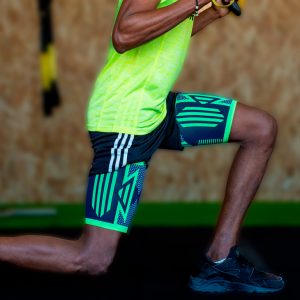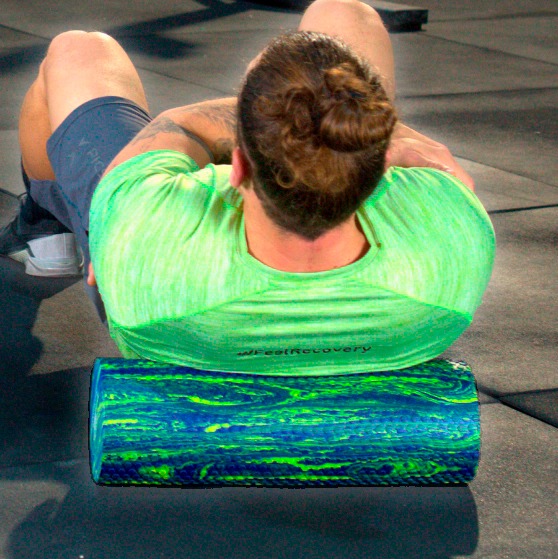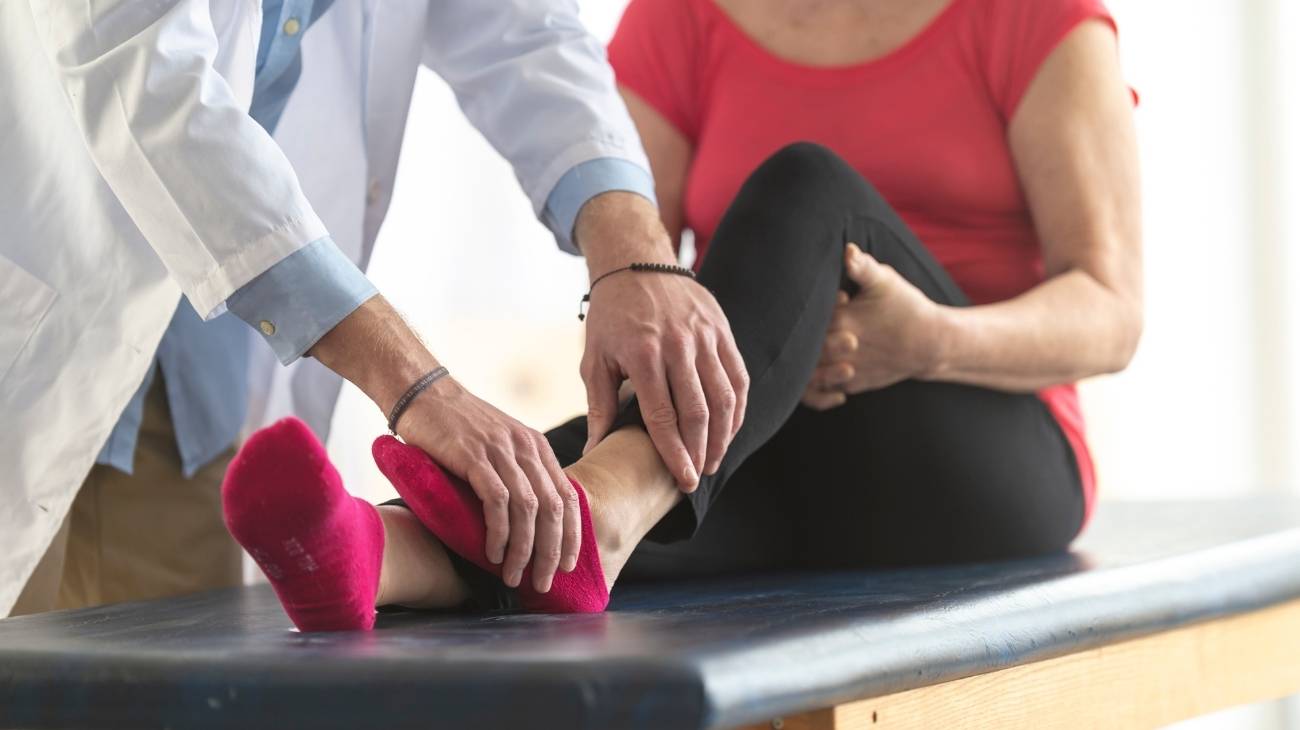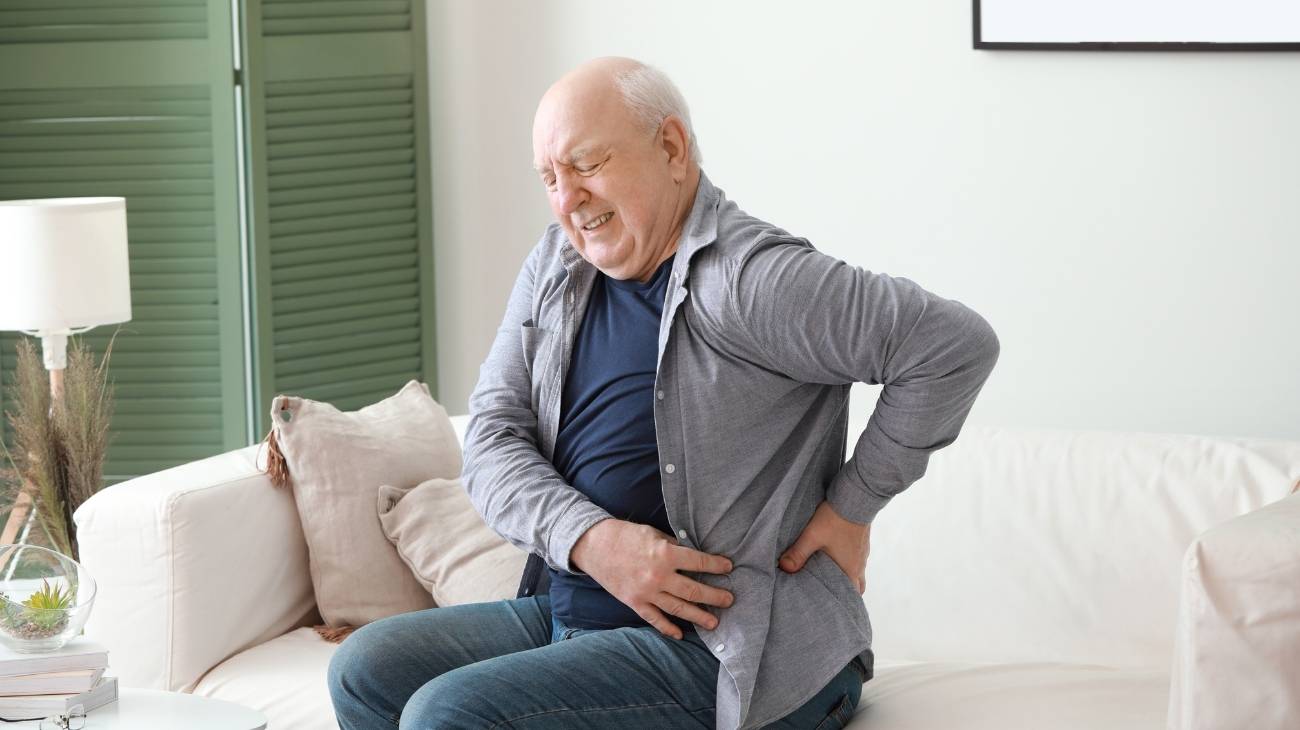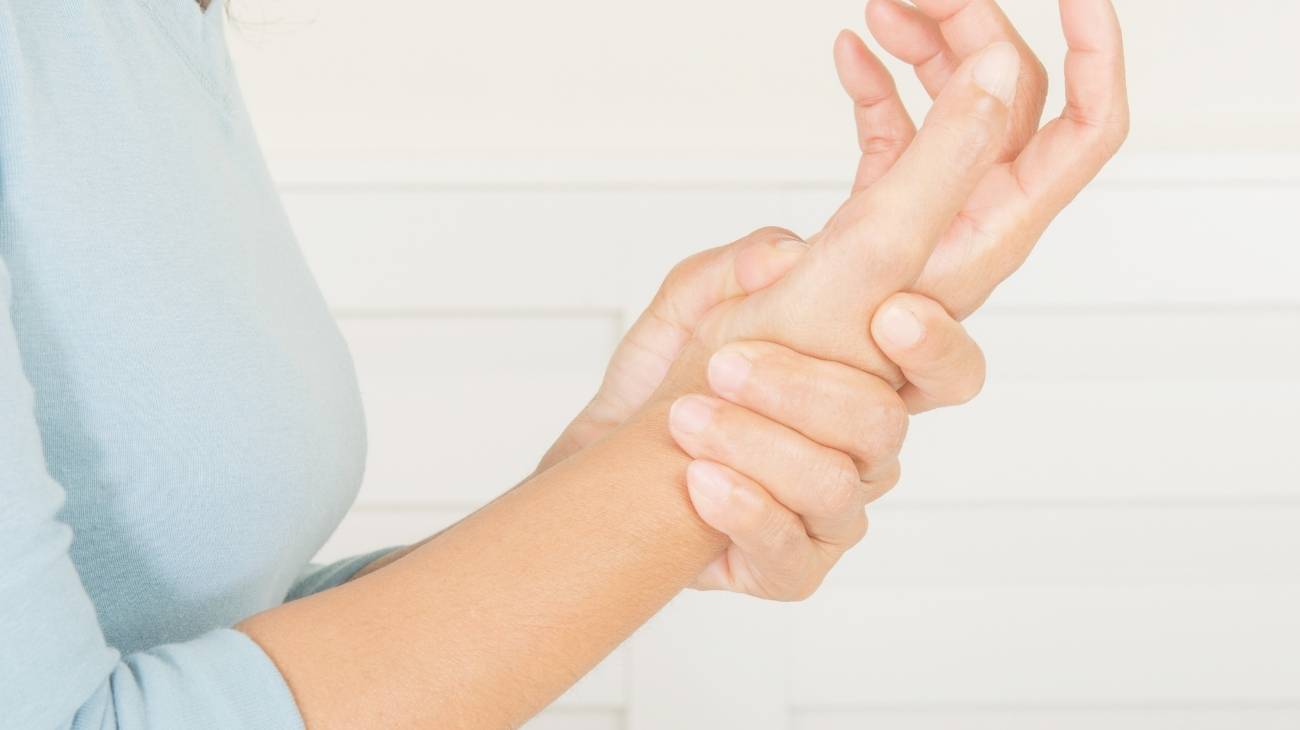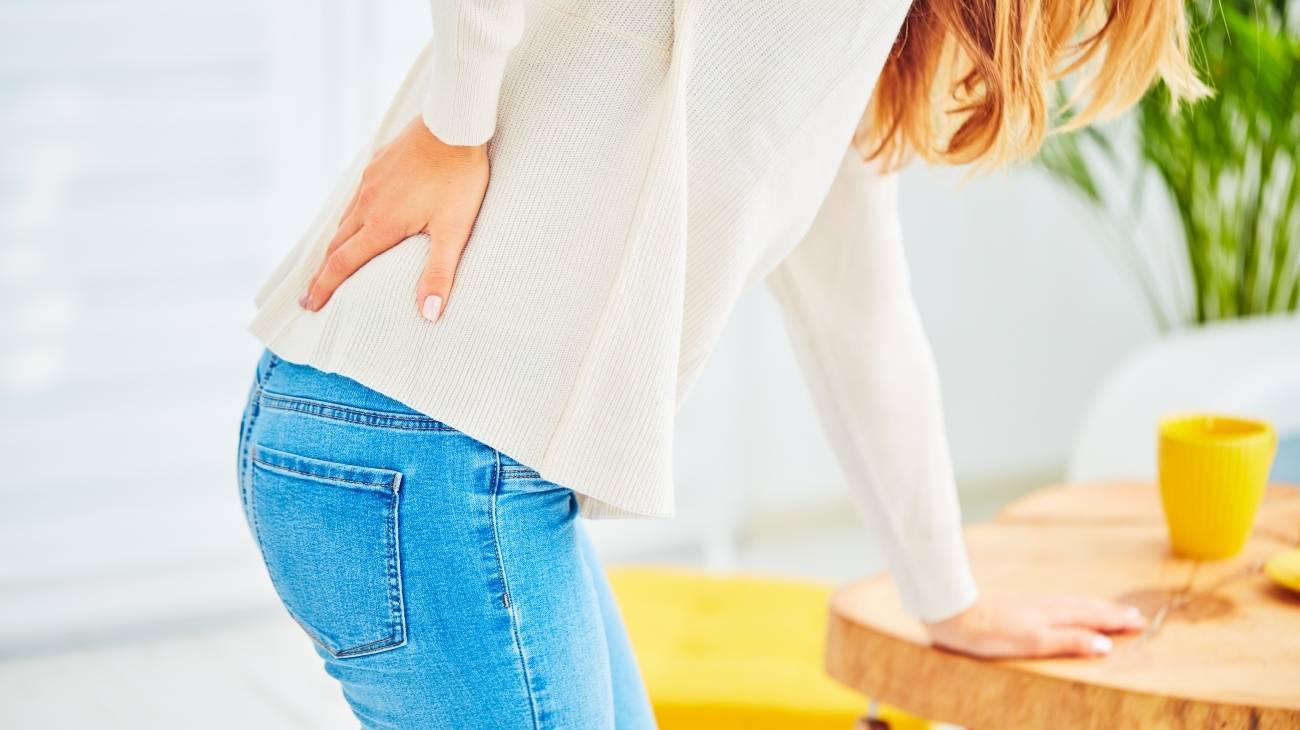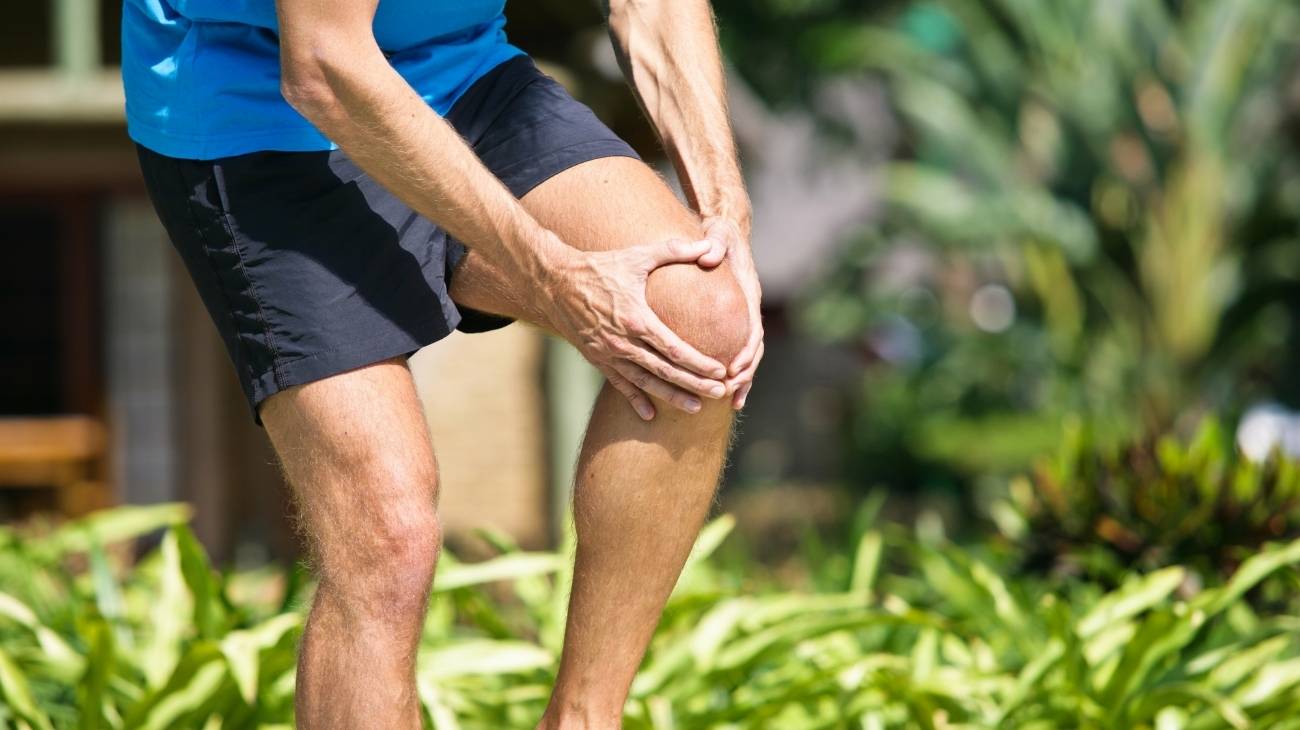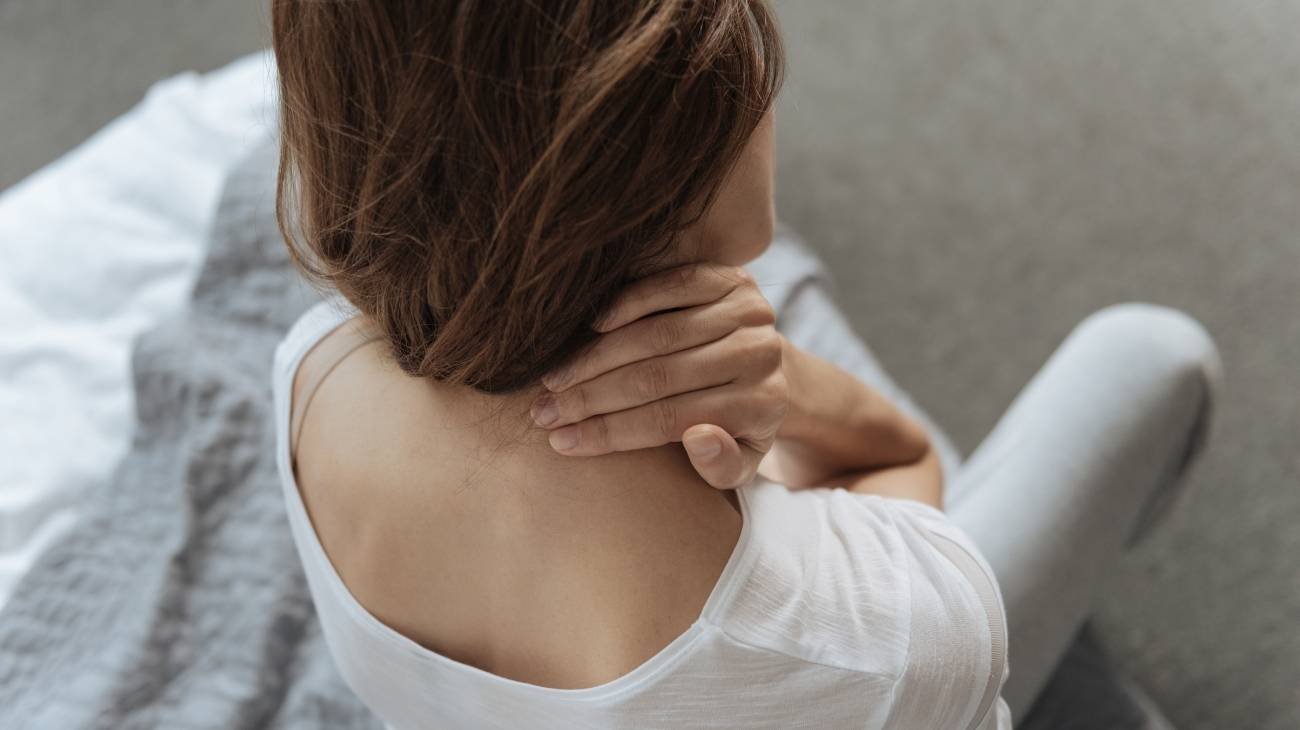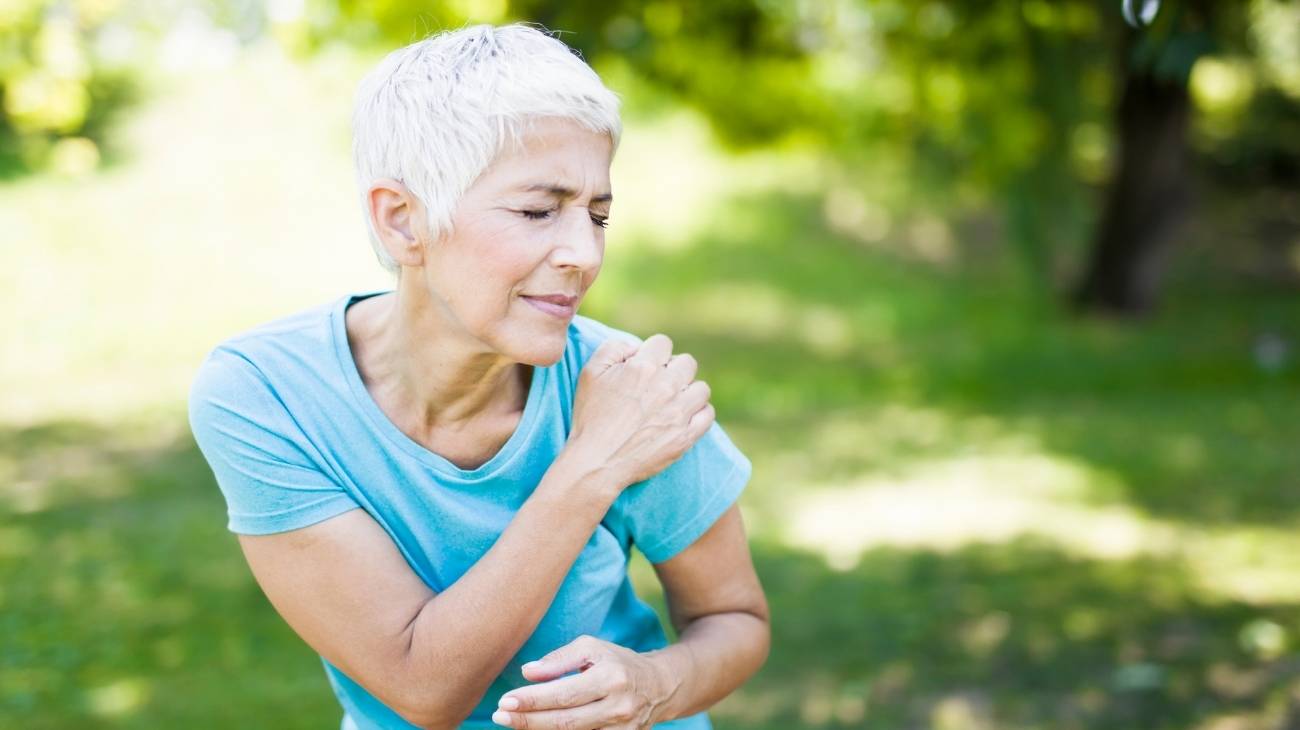Hip joint arthritis is a condition that affects millions of individuals worldwide, causing pain, inflammation, and limited movement in the hip area. Managing this condition requires a combination of effective therapies and products designed to reduce pain and enhance mobility.
One of the most effective solutions for hip pain is heat therapy wraps. These wraps deliver targeted warmth to the hip area, relaxing tight muscles, reducing stiffness, and promoting better blood circulation. Heat therapy helps to alleviate inflammation and improve flexibility, making it an essential tool for arthritis management.
Compression sleeves for the hip provide another layer of support and relief. By applying gentle, consistent pressure, these sleeves reduce swelling and enhance circulation. Their ergonomic design ensures a snug and comfortable fit, allowing for extended wear during daily activities or rest.
Ergonomic braces and supports are particularly beneficial for stabilizing the hip joint during movement. These braces help reduce strain on the joint, improve alignment, and prevent further damage, especially for individuals who engage in physical activities or have an active lifestyle.
Electrotherapy, such as TENS (Transcutaneous Electrical Nerve Stimulation), offers a non-invasive method to manage arthritis pain. TENS devices deliver gentle electrical impulses to block pain signals and stimulate the production of endorphins, providing effective relief without the need for medications.
Massage therapy tools, including handheld massagers and foam rollers, are also excellent for managing hip joint arthritis. By relaxing tight muscles and improving blood flow, these tools help alleviate pain and enhance joint mobility, complementing other therapies for a comprehensive approach to pain management.
Stretching and strengthening exercises are critical for maintaining hip joint health. Incorporating low-impact activities such as yoga or swimming into your routine can improve flexibility and strengthen the muscles supporting the hip joint, reducing pain and preventing further deterioration.
Products like ergonomic cushions and seating supports can make a significant difference in reducing pressure on the hips while sitting. These items are designed to improve posture, distribute weight evenly, and minimize discomfort, providing relief during long periods of sitting.
By combining these innovative solutions with consistent therapeutic practices, individuals with hip joint arthritis can effectively manage pain, regain mobility, and improve their overall quality of life.
FAQ: Frequently Asked Questions
What are the best products for hip joint arthritis pain?
Heat therapy wraps, compression sleeves, ergonomic braces, and TENS devices are some of the most effective products for relieving hip joint arthritis pain.
How do compression sleeves help with hip arthritis?
Compression sleeves reduce swelling, improve blood circulation, and provide gentle support, making them a practical option for managing hip arthritis discomfort.
Are TENS devices effective for hip arthritis pain?
Yes, TENS devices deliver electrical impulses that block pain signals and stimulate endorphins, providing non-invasive and medication-free relief for hip arthritis pain.
What role does heat therapy play in managing hip joint arthritis?
Heat therapy helps relax muscles, reduce stiffness, and improve circulation, making it an effective method for managing arthritis pain and inflammation in the hip area.
How can massage tools aid in hip arthritis management?
Massage tools improve blood flow, relax tight muscles, and enhance joint mobility, providing complementary relief alongside other therapeutic methods.



